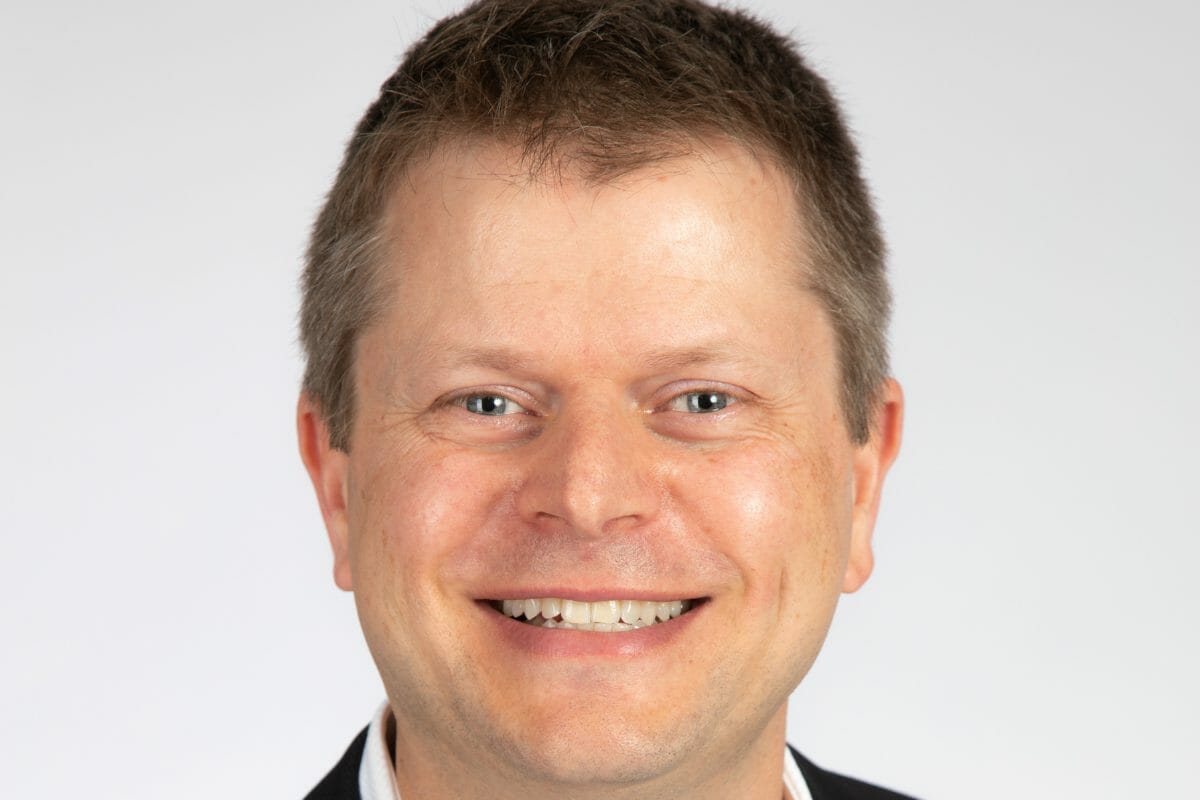By: d’Artagnan Osborne, General Manager of Payment Solutions, Kareo
While independent healthcare practices have seen an increase in appointment volume, many providers are still impacted by inflation and a tight labor market. Managing your financial viability is critical. The good news: Technology has come a long way to help improve the patient payment process.
Recent advancements in technology have helped practices move beyond traditional collection methods and prioritize time of service payments with an omnichannel platform designed to take the complexities out of patient collections to get paid more, and faster, by streamlining patient communications.
Yet, the transition to technology has historically been a roadblock in the healthcare space. Before you dive in, it is important to gain buy-in from your staff. Then, you will want to seek out the right solution for your practice.
Let’s explore how adopting new technology can benefit the practice and the patient.
- Front Office Staff: Administrative costs can account for between 15 to 25 percent of total healthcare expenditures, with a large portion of those costs related to billing activities. Adopting a new payment solution can help simplify and automate many of the time-consuming portions of the process—giving staff time back in their day to focus on other organizational goals.
- Providers: The cost of healthcare is a key concern for many patients. In fact, the 2020 National Health Interview Survey (NHIS) found that 1 in 11 adults delay or go without medical care due to cost reasons. As a provider, having a transparent payment process and communication can help improve the provider / patient experience, as well as help speed up collections to keep the business running smoothly.
- Patients: Traditionally, when a patient receives a bill from a healthcare provider a fair amount of time has often passed since the time of service. Furthermore, this method also typically requires some effort on the patient’s part such as calling the office to provide payment details, logging onto a website to enter account information or making a payment by mail. New technology makes it possible to provide payment notices and accept payment in a variety of secure ways that are easier for the patient.
It is important to choose the right solution – as not all technology is created equally. Below are some top features to look for to ensure you have the right solution for your practice.
- Ease of use: The collection process can be complex, but some solutions help simplify the process for both practices and patients. Look for a solution for your staff that provides a straightforward and easy-to-use interface. This should make it possible for staff to clearly see what a patient owes and communicate that with them at the time of service or send out a statement in a format that they desire. While traditional paper payments and processing might work for some patients, 85 percent of consumers say they prefer an electronic payment method for their medical bills. Therefore, choosing a solution that can also reach patients via text and email can help speed up your collection process. In fact, one pediatric clinic that leveraged Kareo Patient Collect reported 100 percent delivery rate for text messages and 50 percent of payments received within the day.
- Customizable: Customizing your payment solution can help save your staff and patients’ time. Some solutions allow you to save a patient’s preferred billing format on file to simplify future collections. In addition, seek out a solution that allows your staff to automate processes to meet your practice’s needs. This can include customizing a cadence for how often patient payment alerts get sent out, at what times of day and through what channel . By customizing the solution to fit your practice, you can save your staff hours of time doing mundane tasks.
- Secure: When you are dealing with your practice’s financials and patient data, it is important that your payment collection system is set up with safeguards. This includes reducing the risk of removing or sending out bad data. Some technologies have built-in checks along the way to help busy staff pause to minimize errors.
In addition, ensure that your solution meets Health Insurance Portability and Accountability Act (HIPAA) compliance standards, including requiring patients to enter their date of birth before accessing the secure statement.Lastly, it is important that any payment you are collecting on site leverages a secure payment processor. Work with a payment processor that provides access to secure payment terminals. These should have payment card industry (PCI) compliance, industry certification, end-to-end encryption and built-in fraud detection. It is also beneficial if they accept Apple Pay and Google Pay to make it easy for patients to make a payment quickly and confidently.
Technology can help your practice improve the patient payment process, but as you can see it is critical that you evaluate your options and find the best solution for your practice and patients. As healthcare consumerism is rising, now is the time to catapult your practice to improve patient collection efficiency.
Editor’s Note: About the Author: d’Artagnan Osborne is the general manager of payment solutions at Kareo, where he leads the payments business unit. Kareo and PatientPop merged in November 2021 to form Tebra, creating an all-in-one practice success platform to build the independent practices of the future. d’Artagnan is a business and technology leader with over 20 years of experience building ahead-of-the-curve SaaS products from concept to commercialization. In addition, he has delivered cloud-based software solutions that help drive the modernization of industries.
